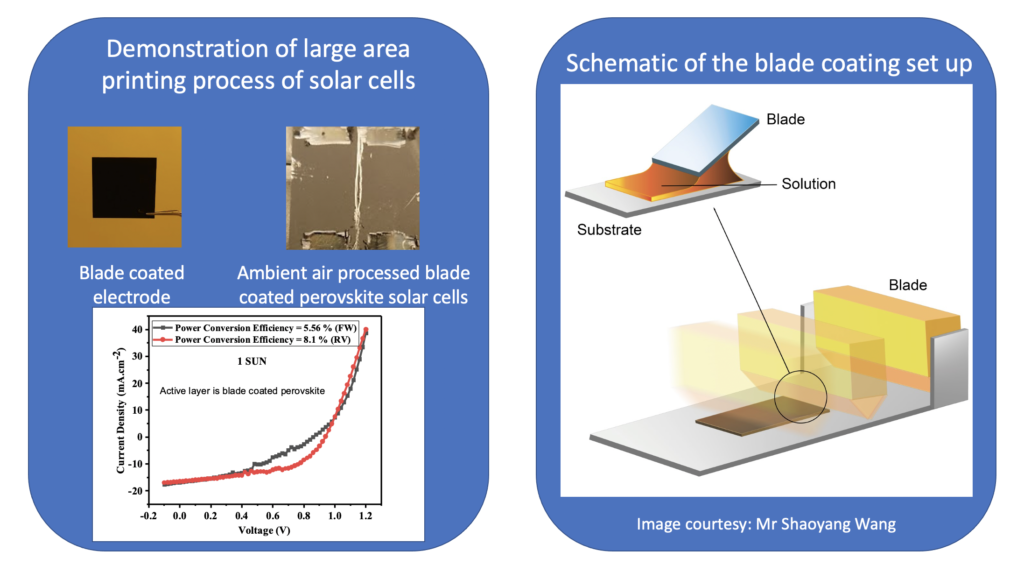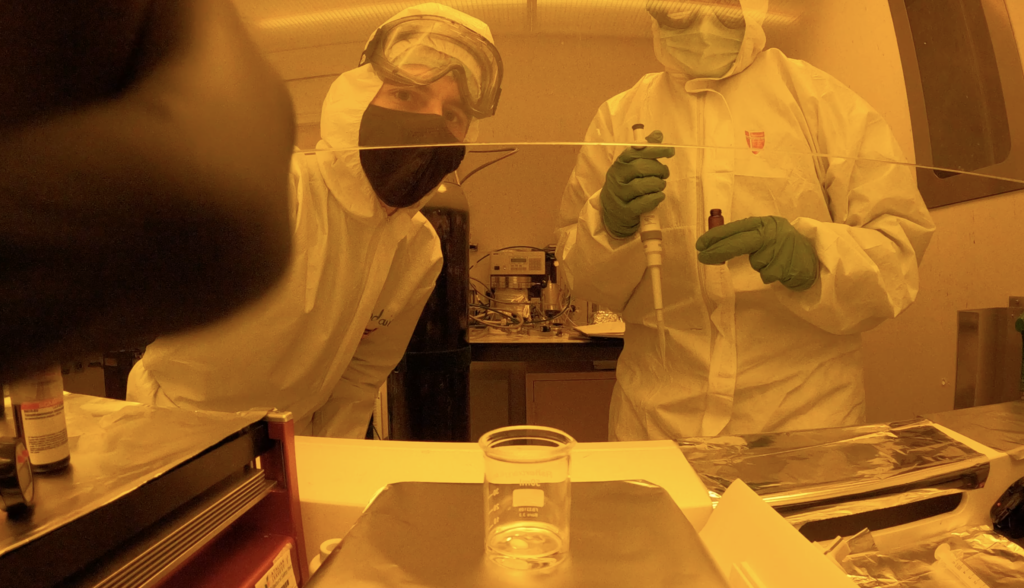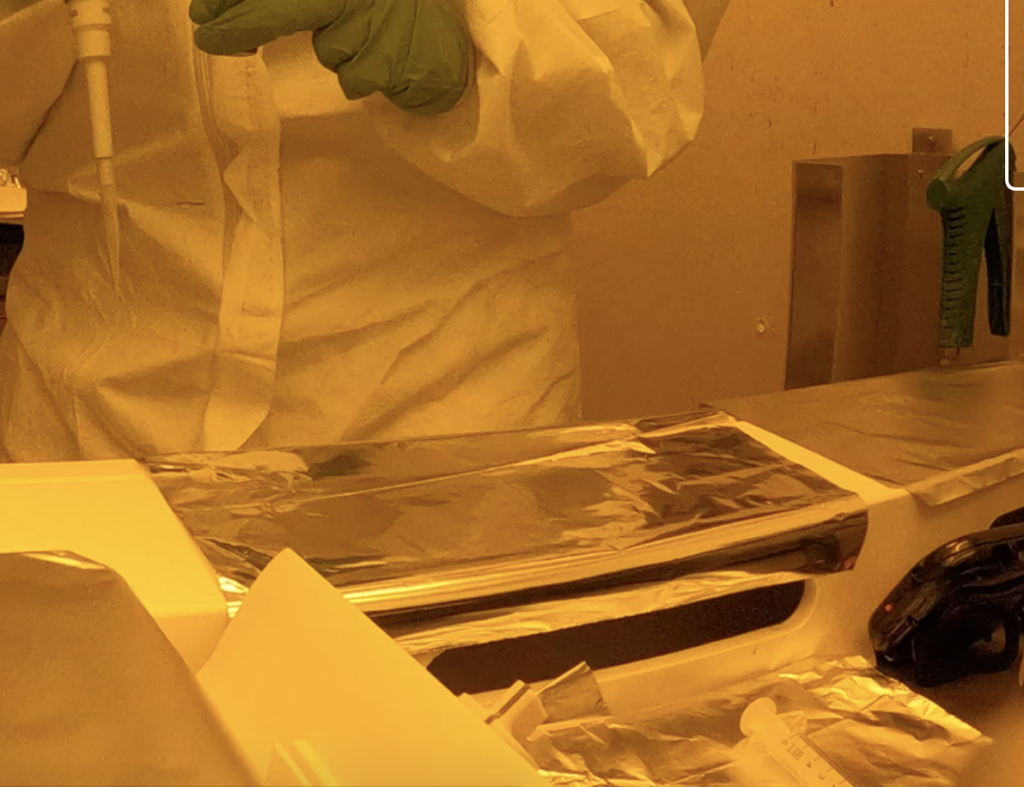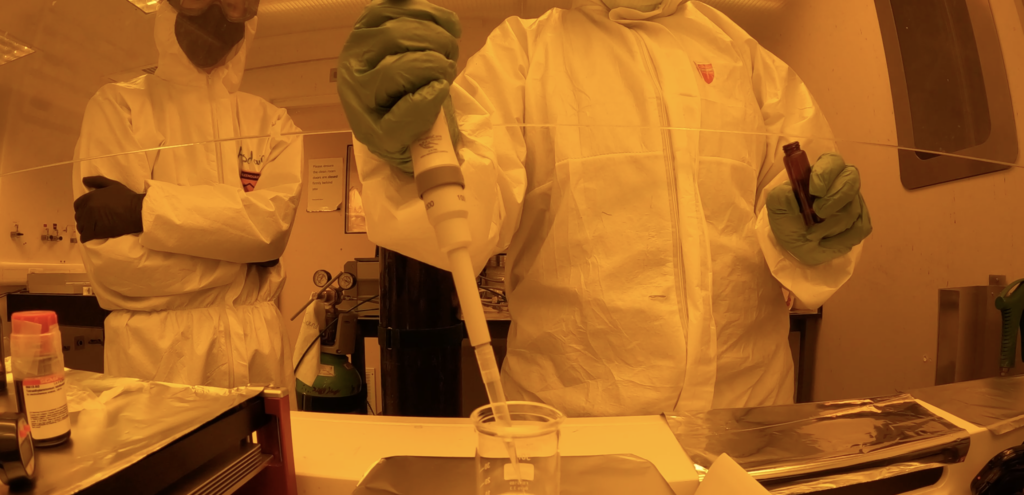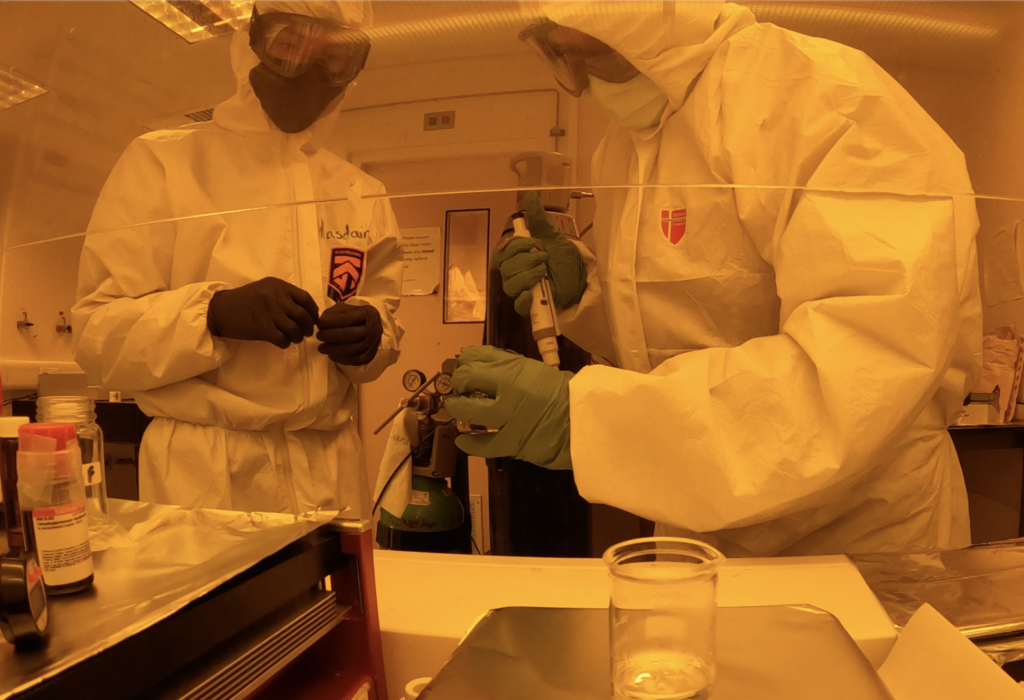Project Description
Out of the 7.5 billion population globally, 85% live in developing/underdeveloped nations. People in these countries face challenges of poor communication technology, poor health care, low expertise levels, poverty and natural calamities. The scope of the Internet of Things (IoT) in the socio-economic development of these countries is vast, ranging from industry, environment, and society. IoT stands for the network of internet-enabled standard electrical and electronic equipment. However, while implementing IoT in these countries, the system should be cost-effective and easily maintainable, benefitting people with efficient utilisation of available resources and minimising resource wastage. Light energy is ubiquitous in the form of sunlight outside (1000 W/m2) and as artificial light sources (~300 μW/cm2) inside the buildings. The current project aims to explore the feasibility of developing a prototype of a printable and re-chargeable photo-supercapacitor that integrates both the light harvester and the energy storage in a single unit.
The developed integrated power pack will be used to support the deployment of IoT in the urban area of Botswana and develop scalable off-grid power sources in rural areas where electricity access is still limited to 37%. Methods: In the proposed project, the light harvester will be based on the earth-abundant halide perovskite semiconductor, and the energy storage unit will be based on a Li-ion battery or a supercapacitor, both integrated into a single unit.
The halide perovskite photovoltaics will be appropriately composition tuned to engineer the bandgap to convert both the forms of ambient light energy (from the natural source of the Sun and the artificial light sources such as white light-emitting diodes and the fluorescent lamps) to a useful form of electricity to self-power the small electronic components. These devices will be fabricated in our Energy Harvesting Research Group at the School of Physics and Astronomy, using the innovative approach of blade coating in ambient conditions. Functional layers will be blade coated as far as possible to reduce the gap in the lab-to fab scale transition in the manufacturing of the photo-supercapacitor being developed.
The supercapacitor will use cost-effective porous and mesoporous carbon nanomaterials as electrodes which the ODA partner has recently developed to enhance the capacitance and the energy density. The integrated photovoltaic-supercapacitor unit developed through this project will offer a promising route for providing energy on demand for off-grid applications.
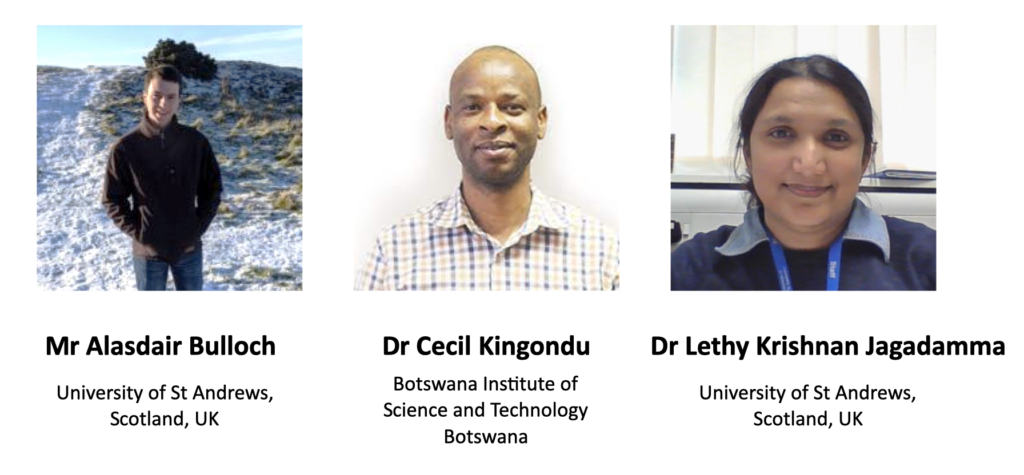
Project Outputs
- Presentation at the Royal Society Commonwealth Science Conference (CSC) to establish a research collaboration on developing resilient energy systems.
- Dissemination of recorded talks to high school/college-level students on energy harvesting, storage and IoT.
- Training of graduate students from the ODA partner country on the development of cost-effective photovoltaic technology.
- Successful demonstration of the proposed prototype of the integrated photo-supercapacitor is patentable.
- Collaborative research publications with the ODA partner (i) on the development of ambient blade coated perovskite photovoltaics (ii) Halide perovskite-based integrated photovoltaic energy harvesting/storage devices.
- Future oppertunity via UKRI/EPSRC to upscale the method to a scalable manufacturing unit.
Project Partners
- School of Biology, University of St Andrews
- Department of Chemical and Forensic Sciences, Botswana
- International University of Science and Technology, Botswana
